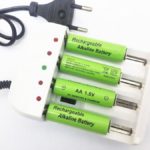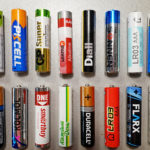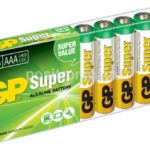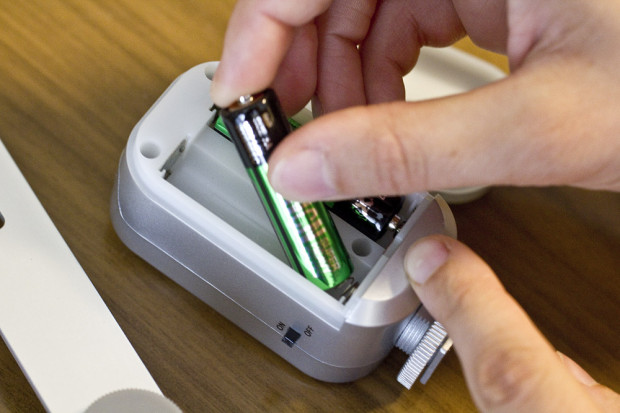What are alkaline batteries
Rechargeable batteries power household devices that are not connected to the mains. These include various toys, flashlights, remote controls, wall clocks, kitchen scales. It is worth knowing that all batteries differ not only in appearance, size, operating voltage, but also in composition.
Some of the most reliable are alkaline batteries. This battery has a long service life. Its second name is alkaline, but many inexperienced users believe that these are different products. To navigate through all this diversity, we will talk specifically about alkaline batteries.
The content of the article
Alkaline battery: what does it mean, history of development
An alkaline battery is a reliable, and most importantly, inexpensive battery that lasts several times longer than its salt counterpart. The “ancestors” of the modern alkaline product are voltaic pillars, which were the result of the developments of the great Italian scientist Alessandro Volta. This happened back in the 19th century.
Initially, the autonomous source was a rather complex mechanism. It consisted of copper and zinc plates, which were alternately connected. They acted as a galvanic element.Due to the interaction of the plates with the saline solution, an electric current arose.
Mass production of such batteries began some time after their invention. The French engineers Georges Leclanche and Ernest Barbier took up this task. In those days they were installed in the equipment of telegraph networks and railways.
The source of current in them was a manganese-zinc plate and a saline solution. This option was already developed by Leclanche. After some time, such batteries began to be improved and their composition changed. The main goal of such experiments is to reduce the size of the battery, increase capacity and service life.
It was the alkaline solution that was first used in the 20th century. The new battery was created by Thomas Edison and Waldemar Jungner. But the most interesting thing is that both scientists worked independently of each other.
In the mid-20th century, Canadian engineer Lewis Urry used alkali for manganese-zinc batteries and 10 years later patented his development. Modern products are hundreds of times more compact and have improved performance, but their operating principle is the same as that of the first devices.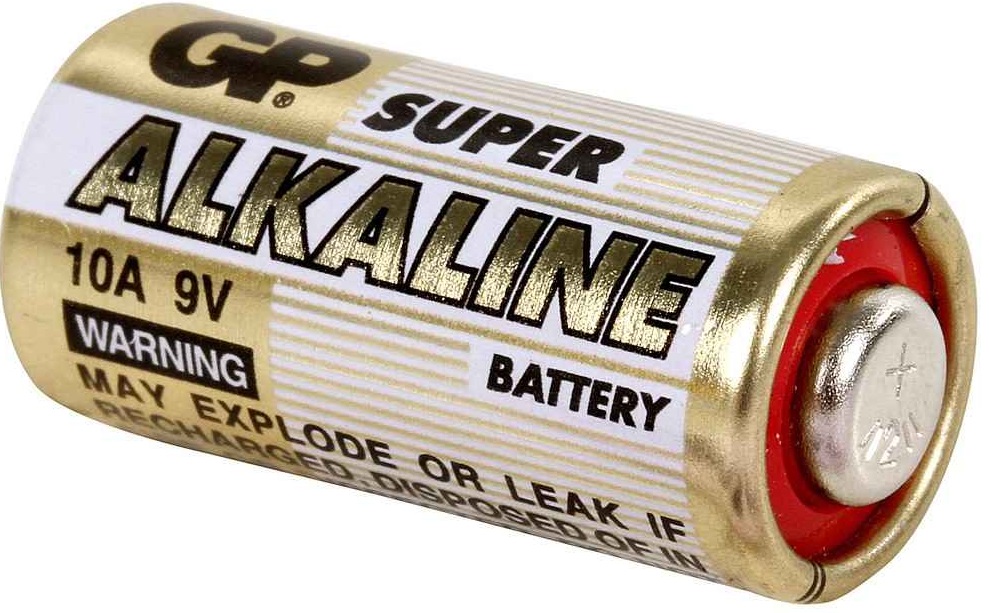
Composition and structure of an alkaline battery
You can distinguish alkaline batteries from salt batteries by the characteristic Alkaline inscription, which is present on their case. They are used in devices that require a high level of energy. They are also distinguished by the fact that they can work in the cold, and also have a long period of action and storage. Therefore, they are used in devices where there may be long interruptions in operation, for example, in flashlights.
An alkaline battery contains the following elements:
- manganese dioxide - it occupies up to 85%;
- alkaline potassium hydroxide - its amount of the total volume can range from 10 to 35%;
- graphite – up to 10%;
- binders – less than 1%.
Anode – purified zinc. After special treatment to prevent corrosion, it is mixed with aluminum and bismuth. If we compare an alkaline battery with a salt one, it has a reverse structure. Also, the features of alkaline batteries include:
- inside there is a special zinc-based paste, which increases the area of interaction of the elements, and thereby increases the capacity of the product;
- The advantage is the metal body coated with nickel;
- minus – thin metal plate;
- inside the element there is a built-in gas absorption chamber and a membrane - with increased pressure, gases can break through it and the housing, which is why the electrolyte will begin to escape.
Characteristics of alkaline batteries
The characteristics of alkaline batteries include the following points:
- voltage ranges from 1.5 to 10 V - this indicator depends on the type and size of the product;
- electrical capacity depends on the total volume of components and varies from 1000 to 3000 mAh;
- they remain operational at temperatures from -30 to +50 degrees Celsius.
Attention! When purchasing a battery, always take into account its power and voltage, since a discrepancy can lead to damage to the device into which the battery is inserted.
Classification of alkaline batteries
Any battery is classified according to several parameters. In total, there are 5 main options:
- "Tablet". Also called coin and button. Product marking - CR. It has a round shape, diameter from 3 to 4.7 mm. The surface is covered with a metal casing.
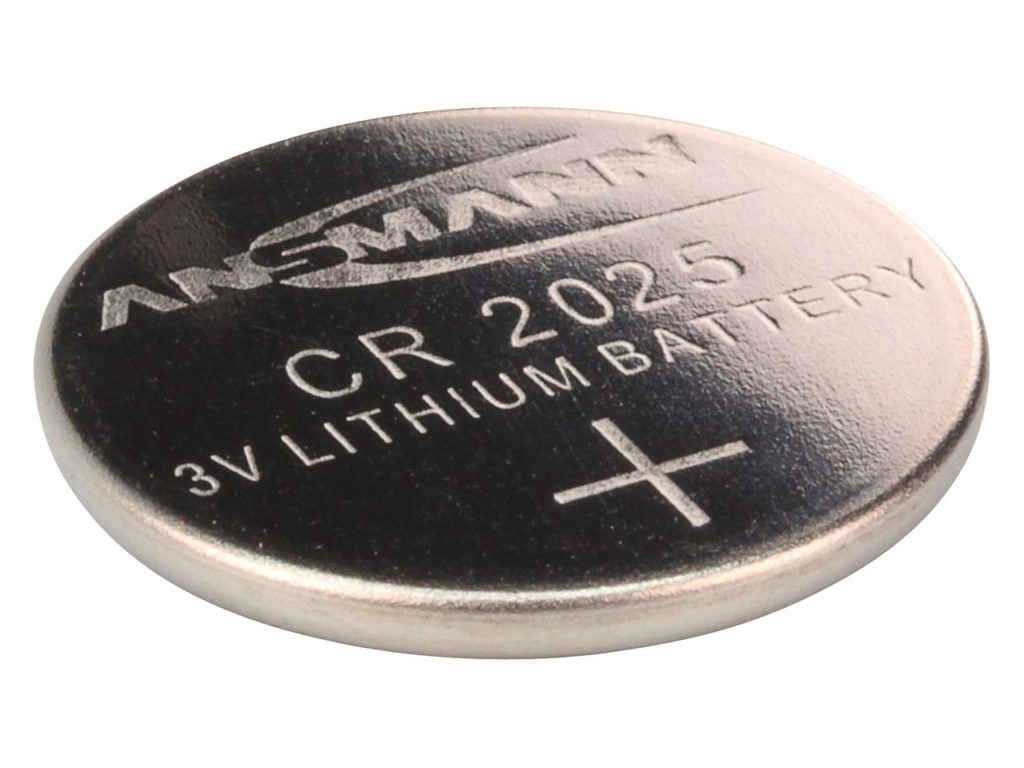
- "Little fingers." The second name is microfinger.Marking: AAA. They have the shape of a cylinder with a length of 44.5 millimeters. Weight about 15 grams. Often used in various household appliances.
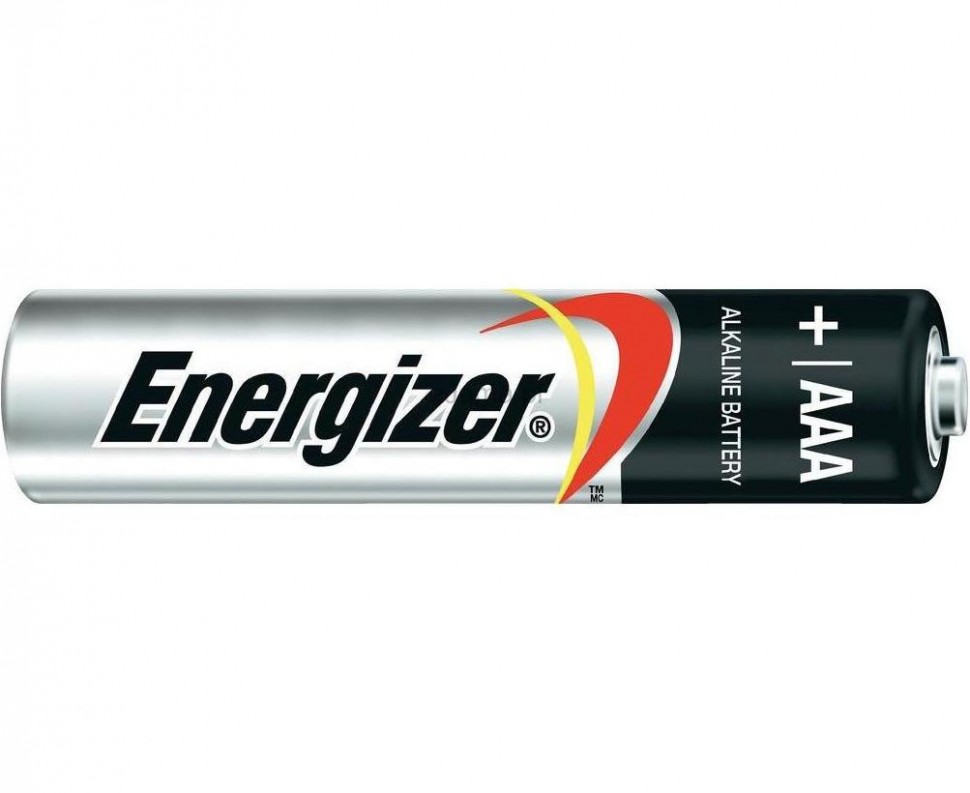
- "Finger" Battery marking is AA. They have the shape of a cylinder with a length of 50 millimeters. Weight about 20 grams. Also widely used in household appliances.
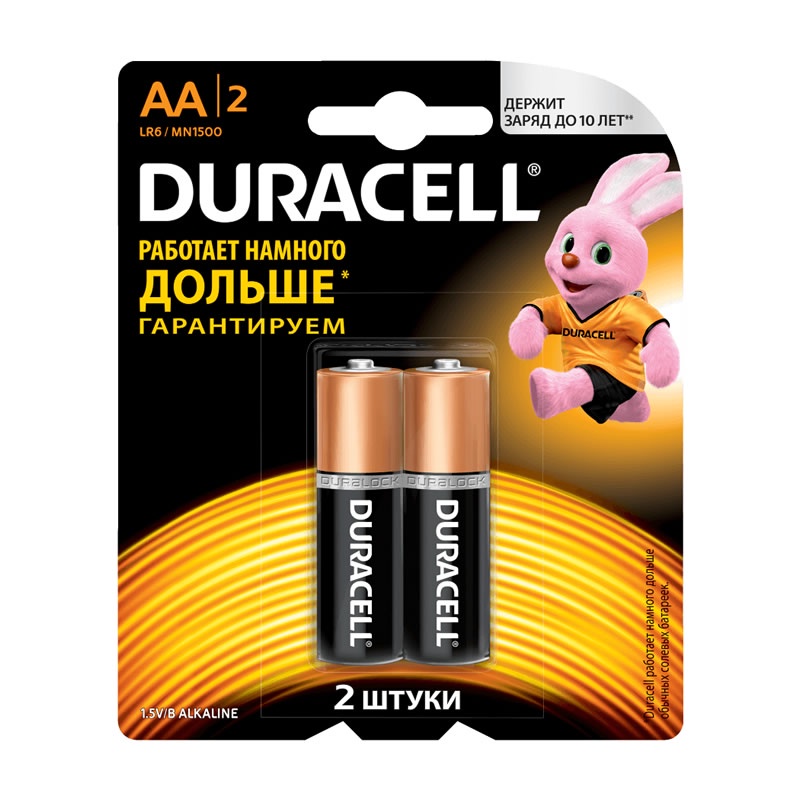
- "Crown". Made in the form of a rectangle. Length up to 50 millimeters and weighing up to 55 grams. Equipped with socket and plug.
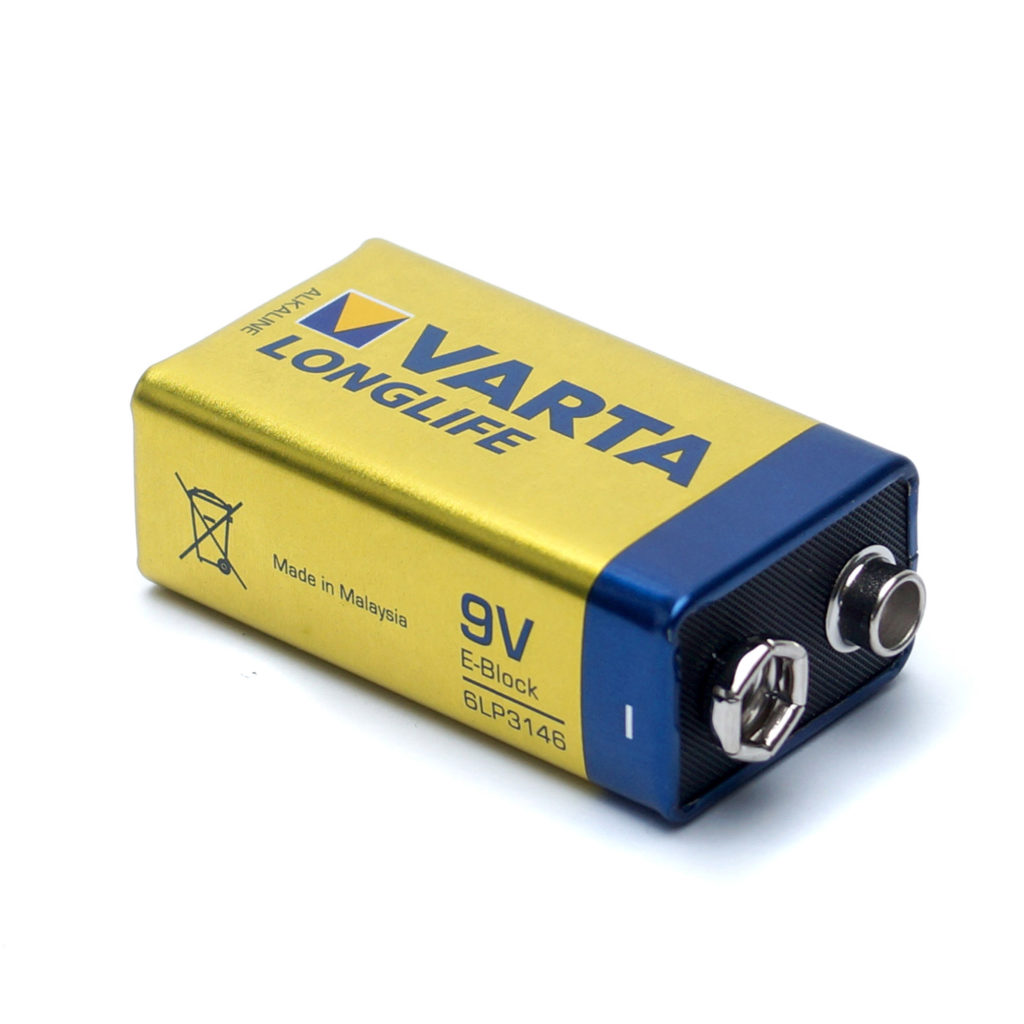
- "Barrel". Marking - D. They differ in the largest size. Weight can reach 140 grams. Used in devices that have high current consumption.
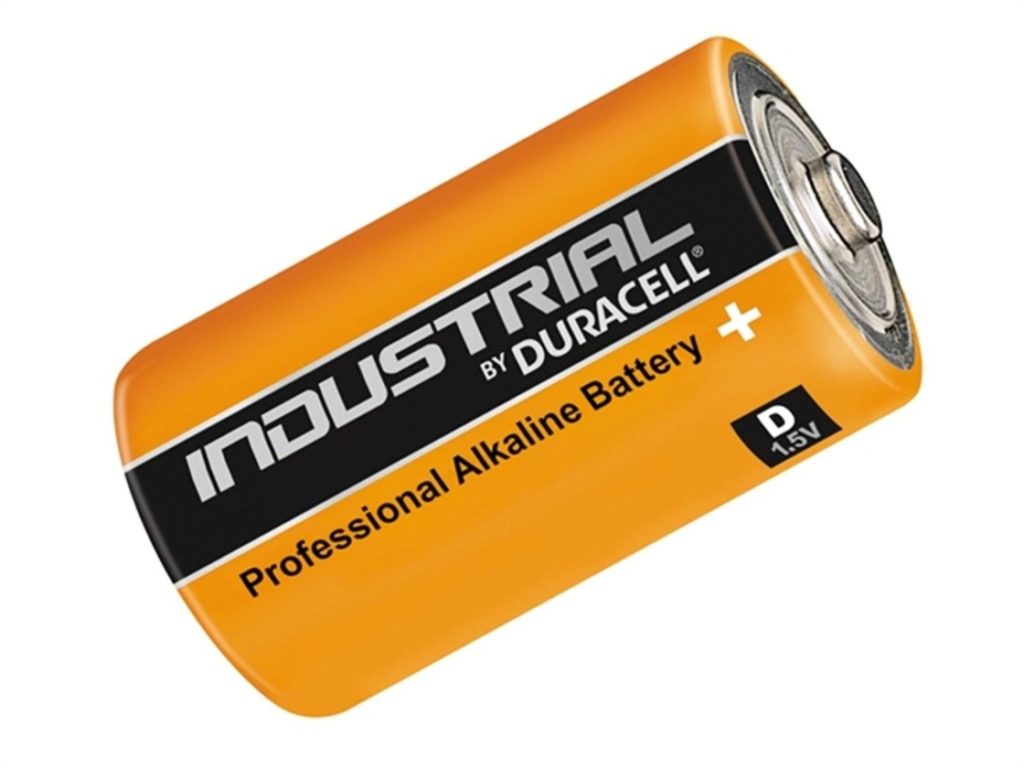
Advantages and disadvantages
Alkaline batteries have several advantages and disadvantages. Their advantages include:
- long service life;
- work even in the cold and after long-term storage;
- some models can be charged;
- affordable price;
- can always be found on sale;
- have a low level of self-discharge;
- absolutely safe for health.
If we talk about the minuses, then there are much fewer of them. However, they still exist:
- higher price compared to salt batteries;
- must be disposed of using special methods;
- Some models may be heavy.
Where are they used?
High performance and a huge selection of standard sizes allow the use of alkaline batteries in various household devices. These include: various types of scales, remote controls; watches, radio-controlled toys or with a device for playing melodies, tape recorders, radios and other musical equipment, cameras.

